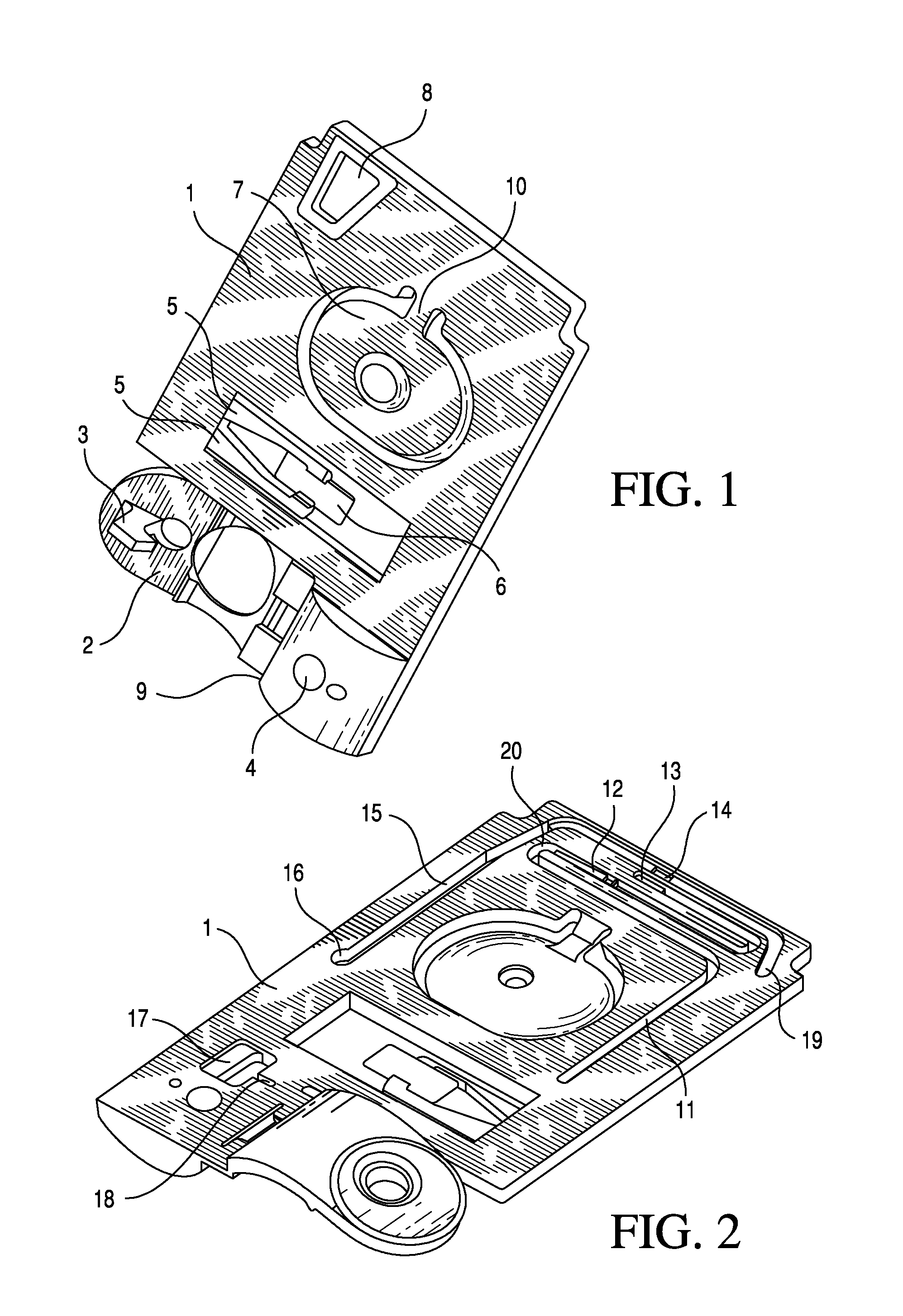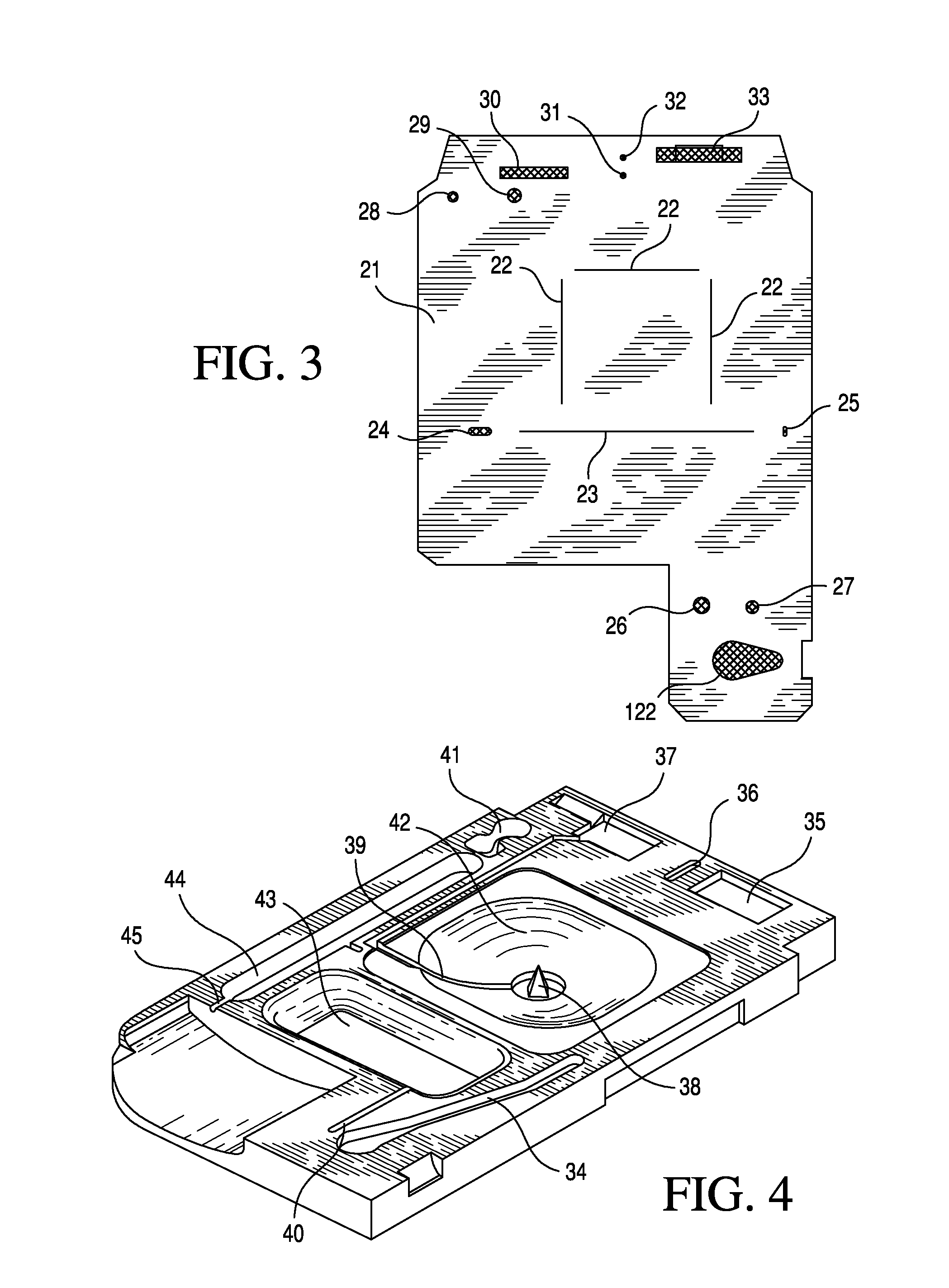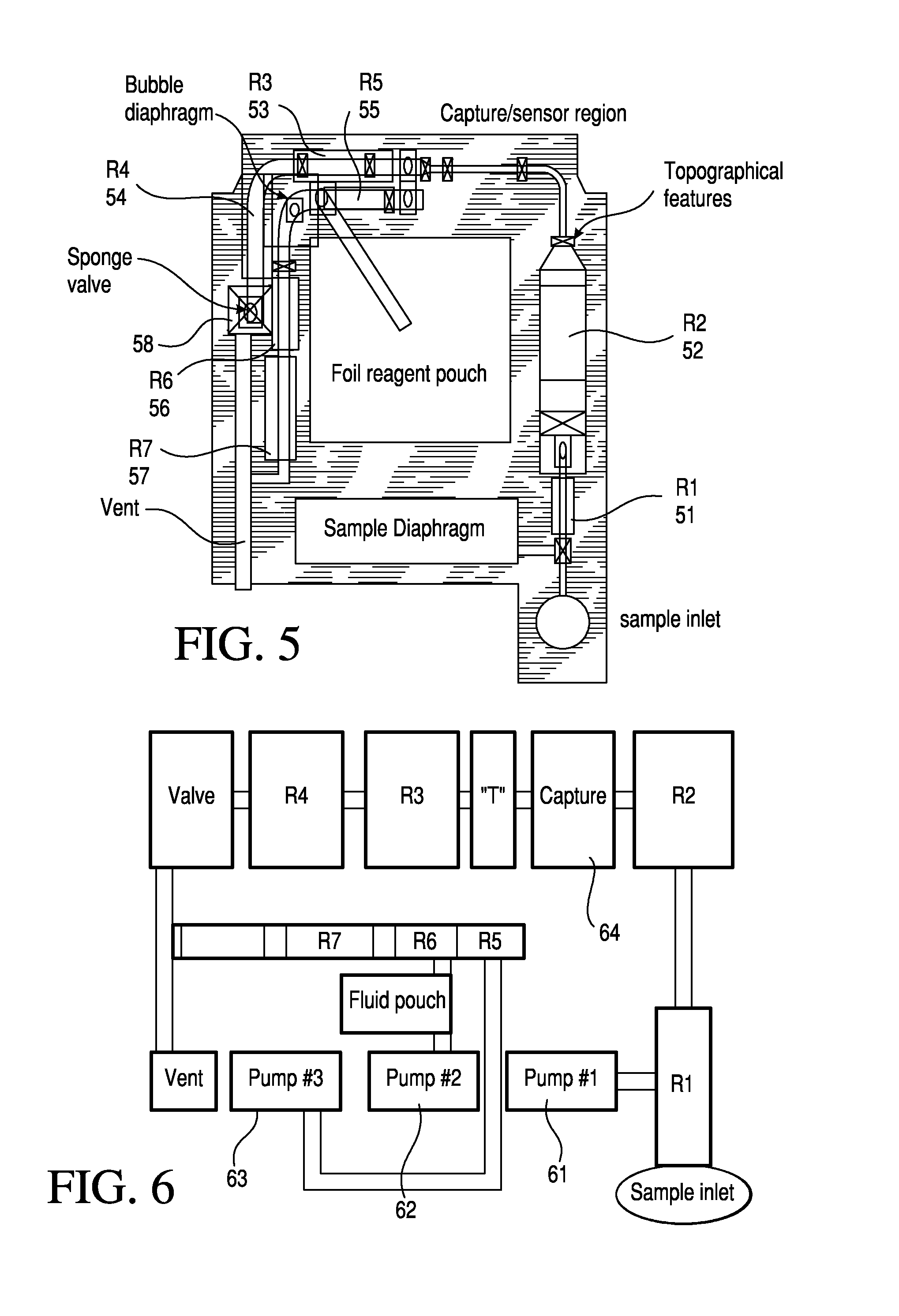Tsh immunoassays employing scavenging reagents for cross-reacting endocrine glycoprotein hormone analogues
a glycoprotein and immunoassay technology, applied in the field of immunoassay methods, can solve the problems of difficult identification of beta-specific antibodies that can discriminate among the four related hormones, simple assay characteristics of homogeneous assays, and limited to high concentration drugs, so as to minimize interference
- Summary
- Abstract
- Description
- Claims
- Application Information
AI Technical Summary
Benefits of technology
Problems solved by technology
Method used
Image
Examples
example 1
Initial Antibody Screening
[0094]Sixty-seven antibody preparations were obtained (Table 2) and tested with a nitrocellulose dot blot assay. Additionally, TSH Antibody 544 and Seradyn anti-alpha-LH monoclonal antibody (Seradyn, Cat#MIT0414B) were used in these studies as benchmark cross-reacting pair of antibodies. To provide assay standards, the antigens TSH (Cat#T9265, Sigma, St. Louis, Mo.), FSH (Cat#F4021, Sigma, St. Louis, Mo.), LH (Cat#L5259, Sigma, St. Louis, Mo.) and CG (Cat#C0434, Sigma, St. Louis, Mo.) were resuspended in 1 / 5 PBS buffer to an approximate concentration of 35,000 uIU / mL, 700,000 mIU / mL, 250,000 mIU / mL, 2×107 mIU / mL, for TSH, FSH, LH, and CG, respectively. One μL of each antigen was spotted and dried onto a small strip of nitrocellulose. The nitrocellulose strip was first blocked with 1% powdered milk in PBS, then individual strips were incubated with each of the different antibody preparations. The strips were then washed with PBS, 0.05% Tween-20, followed by ...
example 2
FRET Epitope Mapping
[0098]Antibody Pair Compatibility was determined by Forster Resonance Energy Transfer (FRET) based competition assays. Approximately 500 to 1000 μg of each endocrine glycoprotein hormone (TSH (Cat#T9265, Sigma, St. Louis, Mo.), FSH (Cat#30R-AF020, Fitzgerald, North Acton, Mass.), LH (Cat#30-AL15, Fitzgerald, North Acton, Mass.), and CG (Cat#30R-AC048, Fitzgerald, North Acton, Mass.) were labeled with Alexa-Fluor® 488 Carboxylic Acid succinimidyl ester (Cat#A20100, Invitrogen, Carlsbad, Calif.). The antibodies were labeled with BHQ-10 Carboxylic Acid succinimidyl ester (Cat#BHQ-10S, Biosearch Technologies, Inc., Novato, Calif.) as a fluorescent quenching moiety. The proteins were labeled according to Ruan et al. (2009, Analytical Biochemistry, vol 393:196).
[0099]The antibody pairs were selected based on their quenching capability in the presence of an unlabeled antibody. Excess amount of the six antibodies was first incubated with the fluorescently labeled antigen...
example 3
Epitope Mapping with i-STAT® Cartridge
[0100]Both polystyrene beads and ALP conjugates were generated for each of the six antibodies (described in Example 2). The cartridges were tested with 0.4 mIU / L TSH (recombinant TSH, ThermoFisher, Cat#ABT0315, Fremont, Calif., USA) generating an electrochemical current (nA). Table 6 lists a number of antibody pairs which indicate compatible antibody pairs. Same antibody pair combinations were not tested. For example, 414B recognizes the alpha subunit which would be anticipated to have high cross reactivity due to the biology of the binding and was not tested in the cartridge. It should be appreciated that there is a potential for epitope blocking by labeling the antibody with either fluorescent tags or fluorescent quenching moieties, which could account for the difference between both the FRET and sandwich ELISA methods, particularly for T25C with BHQ labeled 5409 and M4. Antibody pairs were tested in the electrochemical immunoassay system of t...
PUM
| Property | Measurement | Unit |
|---|---|---|
| dissociation constant | aaaaa | aaaaa |
| dissociation constant | aaaaa | aaaaa |
| volume | aaaaa | aaaaa |
Abstract
Description
Claims
Application Information
 Login to View More
Login to View More - R&D
- Intellectual Property
- Life Sciences
- Materials
- Tech Scout
- Unparalleled Data Quality
- Higher Quality Content
- 60% Fewer Hallucinations
Browse by: Latest US Patents, China's latest patents, Technical Efficacy Thesaurus, Application Domain, Technology Topic, Popular Technical Reports.
© 2025 PatSnap. All rights reserved.Legal|Privacy policy|Modern Slavery Act Transparency Statement|Sitemap|About US| Contact US: help@patsnap.com



